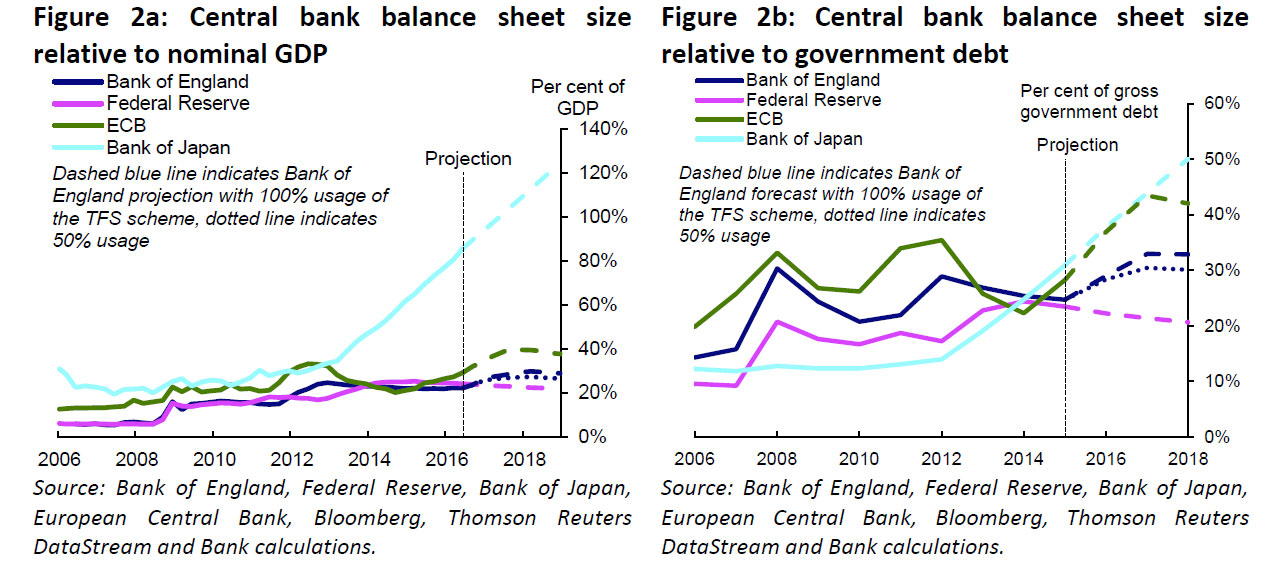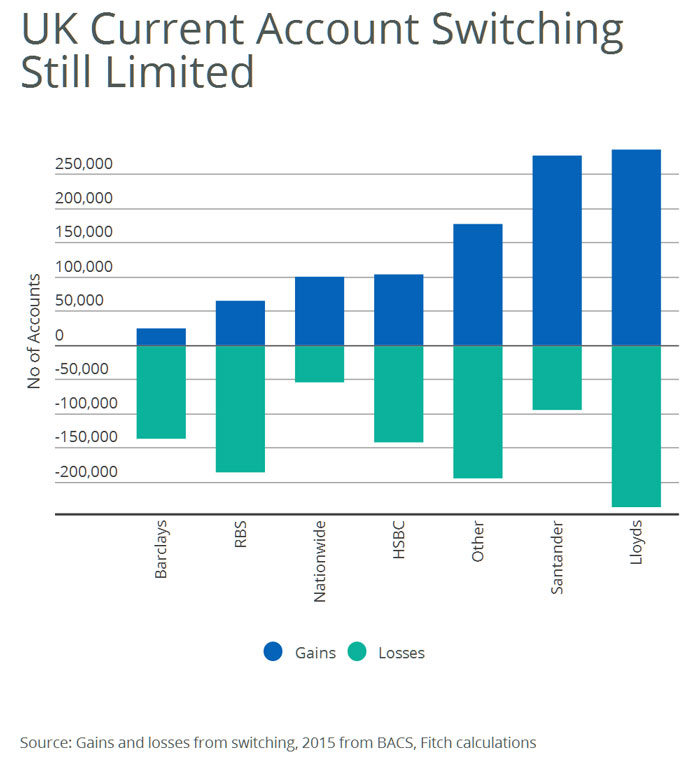British governments have been trying to improve financial inclusion for the best part of 20 years. The goal is to make it easier for people on lower incomes to get banking services, but this simple-sounding target brings with it a host of problems.
A House of Lords committee will shortly publish the latest report on this issue, but the genesis of financial inclusion policy can be traced back to the late 1990s as part of the Labour government’s social exclusion agenda. The scope and reach of this strategy has since expanded beyond a focus on access to products and now seeks to improve people’s financial literacy to help them make their own responsible decisions around financial services.
The goal of increasing the availability of basic banking has become a tool for tackling poverty and deprivation worldwide, among governments in the global north and global south and among key institutions. In 2014, the World Bank produced what it described as the world’s most comprehensive financial exclusion database based on interviews with 150,000 people in more than 140 countries.

Muddy waters
However, broad and enthusiastic acceptance of such policy efforts has prompted doubts about the simplistic narrative of inclusion and exclusion. This way of thinking does not capture the complexities of the links between the use of financial services and poverty, life chances and socio-economic mobility. It also ignores the sliding scale of financial inclusion, from the marginally included – who rely on basic bank accounts – through to the super-included with access to a full array of affordable financial services.
You can see the complexity and contradictions clearly in innovations such as subprime products and high-cost payday lenders. They have made it increasingly difficult to draw a clear distinction between the included and the excluded. Mis-selling scandals and concerns over high charges have also shown us that financial inclusion is no guarantee of protection from exploitative practices.
Even the pursuit of better financial education offers a mixed picture. Critics have raised concerns that this shifts the focus away from structural discrimination and towards the individual failings of “irresponsible and irrational” consumers. There is a grave risk that we will fail to tackle the root causes of financial exclusion, around insecure income and work, if policy follows this route.
In the midst of this focus on customers, the government’s role has been reduced to supporting those education programmes and cajoling mainstream banks, building societies and insurers into being more inclusive.

Given the central role that financial services play in shaping everyday lives, a hands-off approach from the state is inadequate. It fails to address the injustices produced by a grossly inequitable financial system. Our recent research examined how the idea of financial citizenship might offer a route to improvements. In particular, we looked at the idea of basic financial citizenship rights and the role that might be played by UK credit unions, the organisations which, supported by government, seek to bring financial services to those on low incomes.
The idea of establishing rights was put forward by geographers Andrew Leyshon and Nigel Thrift in response to the growing lack of access to mainstream financial services. The goal would be to recognise the significance of the financial system to everyday life and set in stone the right and ability of people to participate fully in the economy.
That sounds like a laudable aspiration, but what could a politics of financial citizenship entail in practice?
Drawing on the work of political economist Craig Berry and researcher Chris Arthur, we argue that the policy debate should move on to establish a set of universal financial rights, to which the citizens of a highly financialised society such as the UK are entitled regardless of their personal or economic situation.
- The right to participate fully in political decision-making regarding the role and regulation of the financial system. This would entail, for example, the democratisation of money supply and of the work of regulators. Ordinary people would have to be able to meaningfully engage in debates about the social usefulness of the financial system.
- The right to a critical financial citizenship education. Financial education needs to go beyond the simple provision of knowledge and skills to understand how the financial system is currently configured. It should provide citizens with the tools to be able to think critically about money and debt, as well as the capability to effect meaningful change of the financial system.
- The right to essential financial services that are appropriate and affordable such as a transactional bank account, savings and insurance.
- The right to a comprehensive state safety net of financial welfare provision. This could include a real living wage to prevent a reliance on debt to meet basic needs and could go all the way through to the provision of guarantees on the returns that can be expected from private pension schemes.
Establishing this set of rights would be a major step towards enhancing the financial security and life chances of households and communities. The weight of responsibility would shift from individuals and back on to financial institutions, regulators, government and employers to provide basic financial needs. As one example, just as people in the UK are given a national insurance number when they turn 16, so the government and the banks could automatically provide a basic bank account to everyone at the age of 18.
The UK credit union movement does make efforts towards these goals, but it cannot fully mobilise financial citizenship rights largely due to its limited scale and regulatory and operational limitations. For the rights to work, they will need the support of the state, of financial institutions, regulators and employers. That would enable the country to build something less flimsy than the loose structure we have right now, which piles blame onto the consumer and relies on voluntary industry measures to pick up the slack.



 The bank said on Monday:
The bank said on Monday:






